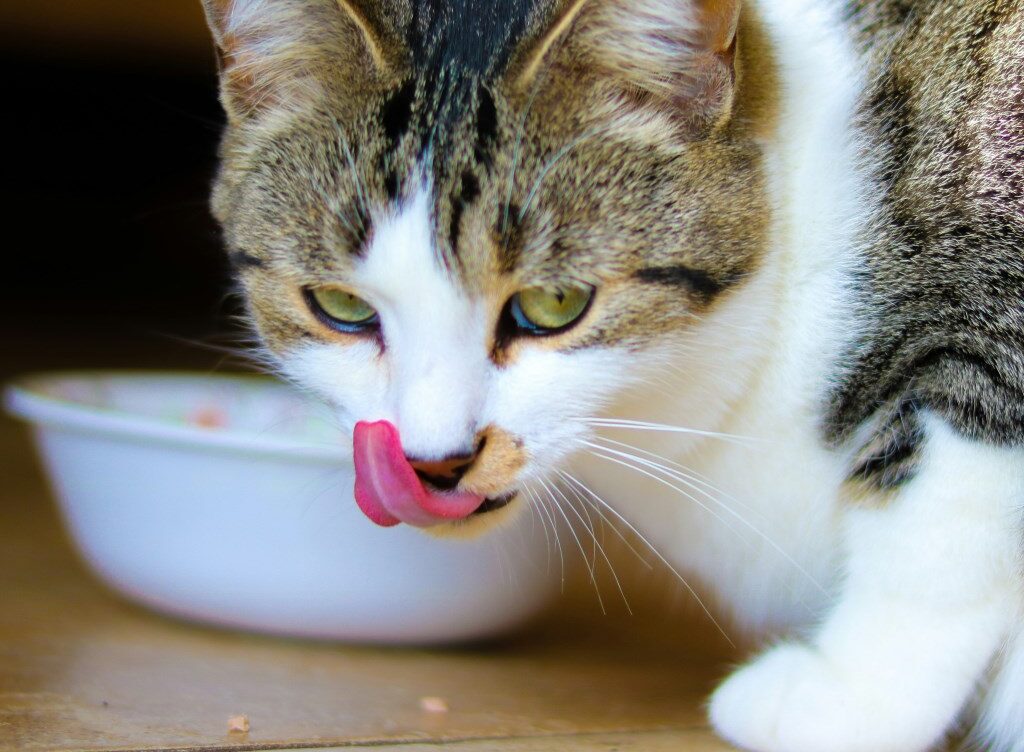
5 Expert Tips to Get Your Picky Cat Eating Happily Again
5 Purr-fect Strategies to Entice Your Picky Eater Cat to Eat
Understanding Your Cat’s Unique Taste Preferences
Facing a feline that’s finicky with food can be puzzling for any cat owner. Cats, much like their human companions, have their own taste preferences which can greatly affect their willingness to eat. Understanding the particular gustatory likes and dislikes of your cat is the first step towards modifying their eating behavior. It’s important to observe which textures and flavors your cat prefers—do they opt for wet food over dry kibble? Or maybe they enjoy fish flavors over poultry?
One effective method is to introduce small variations of their favorite foods. This can help you identify their most preferred choices without overwhelming them. An ASPCA study suggests that gradual changes to their diet can help mitigate pickiness.
Always ensure that any dietary transitions are done gradually to avoid upsetting your cat’s stomach. A sudden change in diet can sometimes lead to digestive issues or outright rejection of new food items.
Creating an Appealing Eating Environment
Cats are naturally inclined to eat in a space where they feel safe and undisturbed. To encourage your picky eater cat to eat more, consider optimizing the feeding area. Make sure their food bowl is away from noisy household appliances and high-traffic areas. Providing a calm, quiet space can make mealtime less stressful and more inviting.
Also, cleanliness is crucial. Be sure to clean the food and water bowls regularly as cats have a keen sense of smell and a dirty bowl could deter them from eating properly. Using ceramic or metal bowls can also help as some cats may have a sensitivity to plastic which can affect the flavor of the food.
Enhancing the ambiance can also include setting a consistent feeding schedule. Cats thrive on routine, and regular feeding times can help build a positive association with mealtime.
Interactive Feeding Techniques
Transform mealtime into a stimulating experience for your cat with interactive feeding methods. Puzzle feeders, which require cats to solve a simple puzzle to reach their food, not only slow down fast eaters but also provide mental stimulation. Such activities can spark your cat’s interest in their food, making them more eager to eat.
Engaging your cat’s natural hunting instincts can also encourage eating. Consider hiding small amounts of food around your home for your cat to ‘hunt’ which can increase their appetite through physical activity. This emulates the natural feeding patterns observed in wild felines, as noted by experts on Cat Behavior Associates.
Remember, while engaging your cat in these activities, it’s crucial to ensure the experience is positive and stress-free. Positive reinforcement through gentle praise or petting can help reinforce these good eating habits.
Nutritional Enhancement and Variety
If your cat is not interested in their current food, introducing nutritional enhancements like a small amount of salmon oil or a sprinkle of tuna can be beneficial. These should be used sparingly to merely enhance the meal rather than replace good nutritional practices.
Rotating the foods in your cat’s diet can also prevent boredom. Be sure to introduce new foods alongside old favorites to compare what works best. Involving your veterinarian in these dietary changes is crucial to ensure your cat’s meals are balanced and suitable.
However, it’s essential to avoid over-supplementing or drastically changing diets without professional advice. Cats have specific nutritional needs that must be met to maintain health. Consulting with a vet regularly about your cat’s diet is always recommended.
When to Consult a Professional
If your strategies for enticing your picky eater don’t seem to work, or if your cat stops eating entirely for more than a day, it’s important to consult a veterinarian. Decreased appetite can sometimes be a sign of underlying health issues.
Occasional fussiness is typical, but persistent refusal to eat warrants professional advice. Schedule an appointment with your vet to ensure there aren’t more serious health concerns at play.
Remember, each cat is unique and what works for one may not work for another. Patience and persistence are key, along with professional guidance to ensure your beloved feline friend’s health and happiness.
